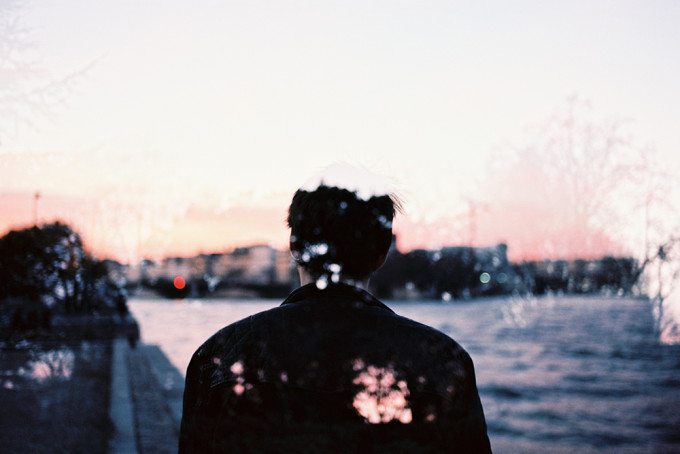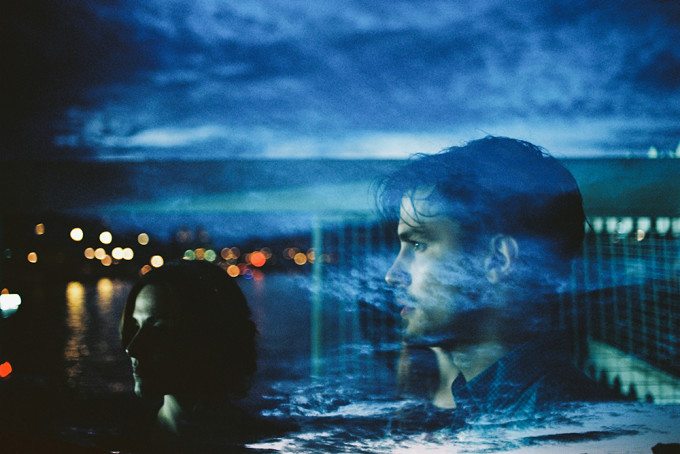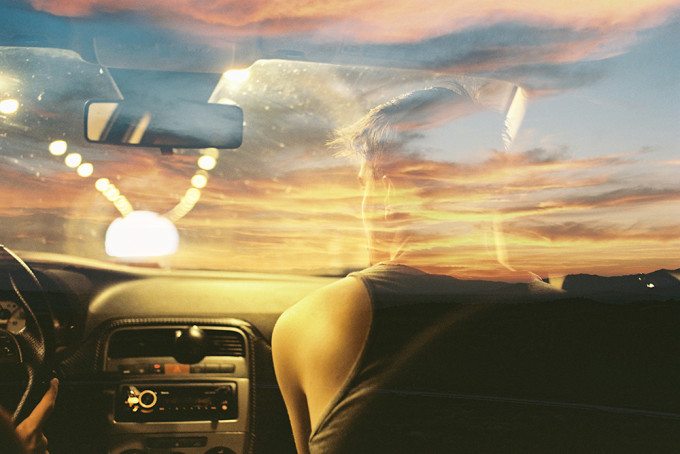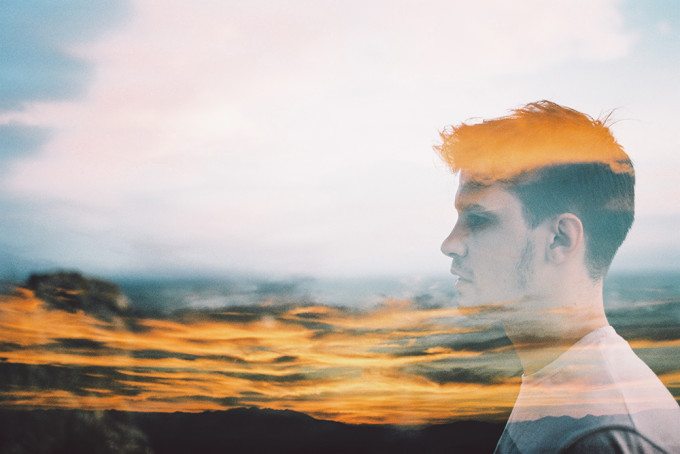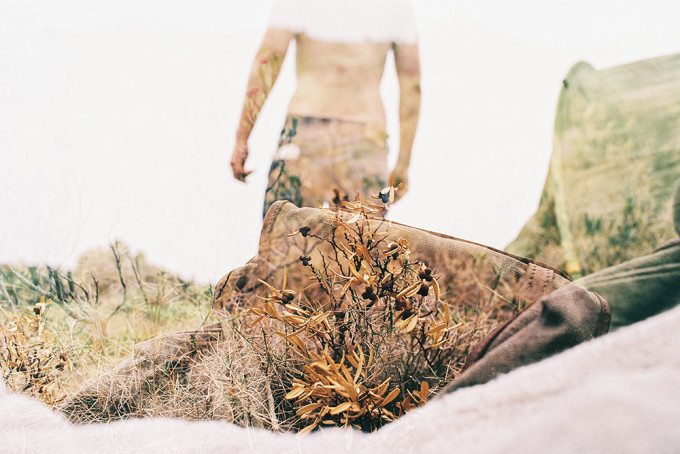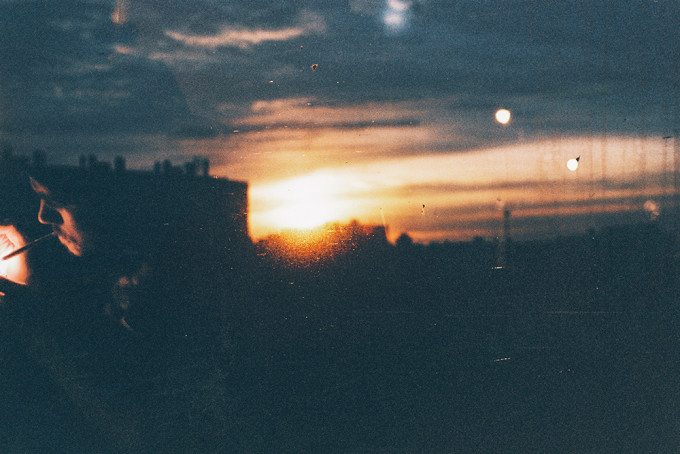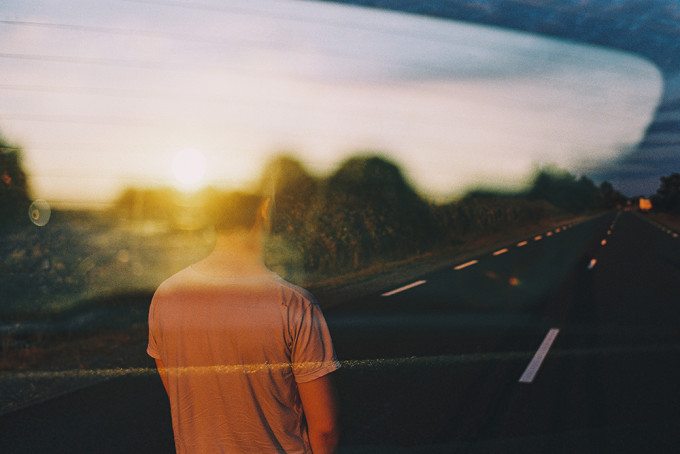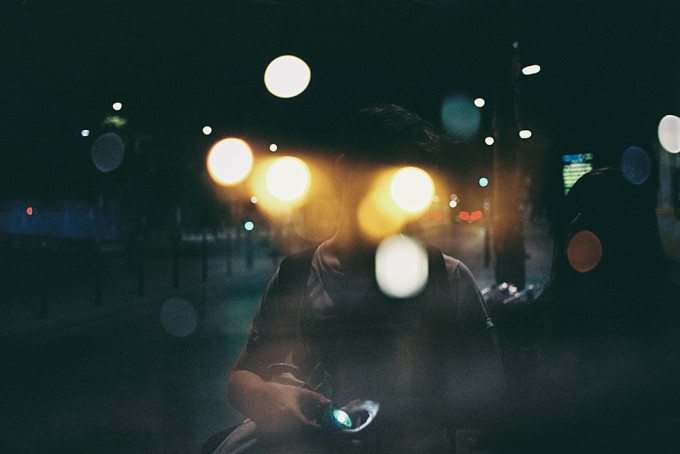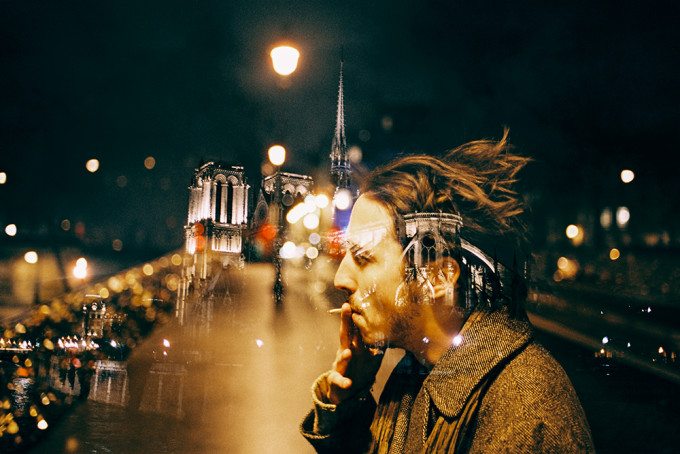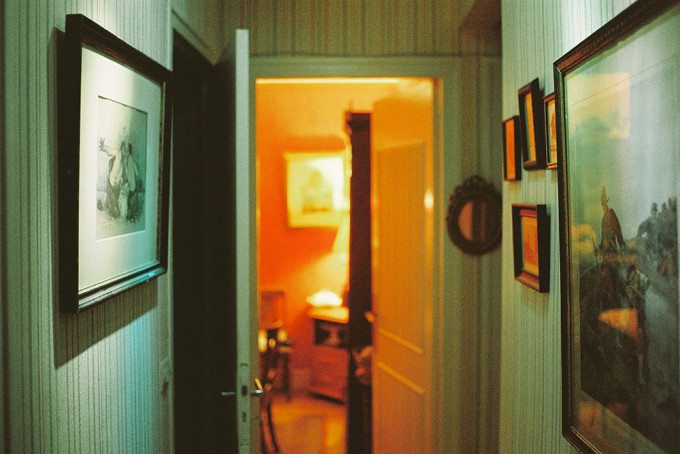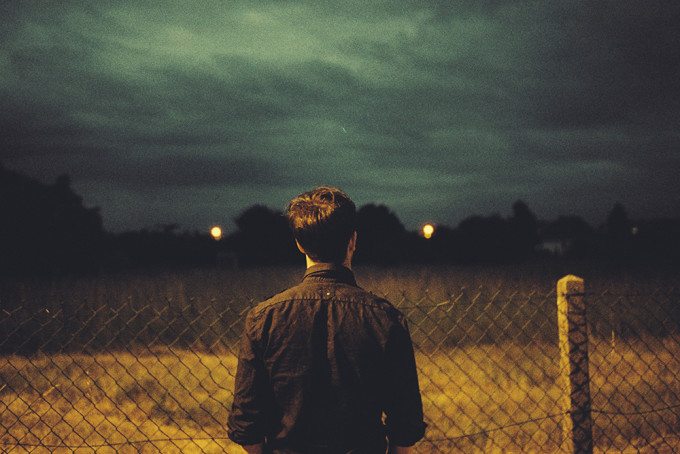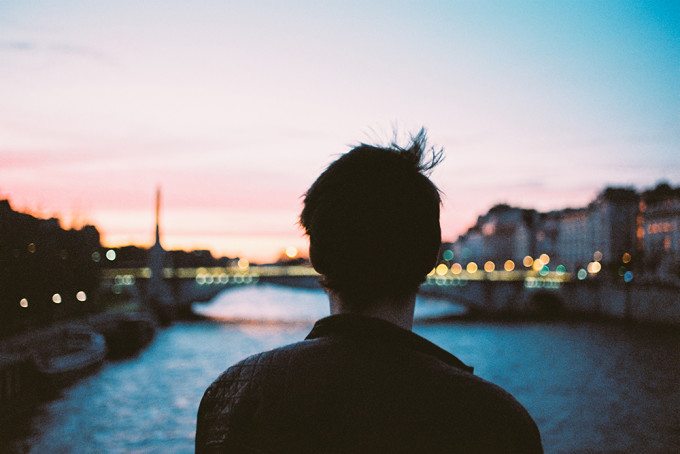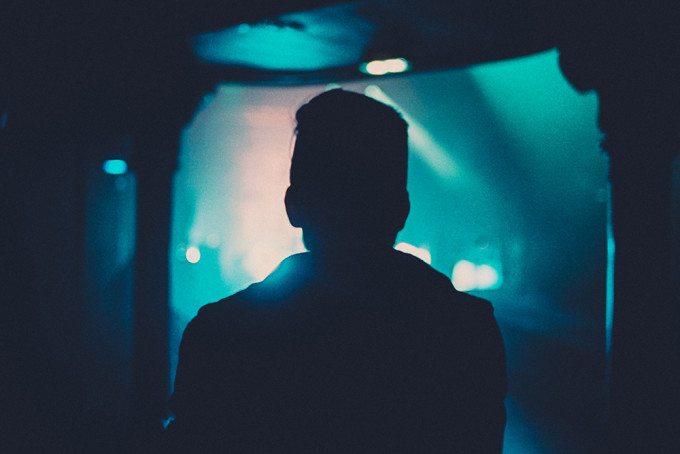Last Updated on 08/17/2015 by Chris Gampat
All images by Louis Dazy. Used with permission.
Photographer Louis Dazy is 27 years old and lives in Paris. He’s a former graphic designer that got started started in photography almost a year ago and cultivates a happy monogamous relationship with film. “I carry my camera everywhere with me and shoot what I find interesting.”
After working with digital, he wasn’t able to create the photos he wanted. So he did research, and found that what he was looking for was in the analog world.
“What I truly love in film is the grain and the feeling that this is a real photograph, something that you can touch with your hands.” says Louis. We talked to him more about some of his double exposure portraits.
For a photographer that has been shooting for such a little amount of time, he has developed quite the gorgeous portfolio. And unlike others, he focuses purely on the artistic and not much of the technical. We talked to him about his process and some of his other portraits–which is after the jump. For more, check out his Flickr and Facebook page.
Phoblographer: Talk to us about how you got into photography.
Louis: I’m a former graphic designer and I’ve actually never really been into photography that much since late 2014. I owned a Canon 60D for a couple years before and tried a few shoots with it but I never achieved the look I wanted to so I kind of gave up until I stumbled upon Tamara Lichtenstein’s work. Her photography made me realize that the look I was trying to achieve was just film-like–so I bought a Nikon F2 and a couple of color negative films and then it all started.
Phoblographer: What got you into portraiture?
Louis: Not much actually, I just love to wander with my friends and my camera, that was just the obvious next step to shoot them. I can thank my friends though because they’re all good looking and I don’t really need to look for models.
Phoblographer: You’re amongst the newer generation of photographers that love experiencing and working with film plus integrating it into your social media and photo profiles like on Instagram. What attracted you to film vs digital?
Louis: What I truly love in film is the grain and the feeling that this is a real photograph, something that you can touch with your hands. Like I said I’m not really comfortable with digital cameras, it lacks the whole process that I like with film, the excitement before you develop it, the fact that you can’t see the immediate result and of course the fact that no one’s going to ask if they can review the pictures of them on your camera. I’m not saying digital is bad, there are many photographers I admire that only shoots digital, it’s just not for me !
Phoblographer: Double exposures are tough to pull off and they’re typically all about great concepts, where do you get your ideas? Are they more experimental or do you actually have a full creative vision?
Louis: That’s a good question because I never really thought of it before ! It all happens in the moment, sometimes there’s just two things worth a shot at the same moment and I just go for it so we could say that this is pretty much experimental actually. Though I’ve had a lot of ideas lately and I’m probably going to plan something with a full creative vision indeed, we’ll see how it works.
Phoblographer: How do double exposures work technically in terms of exposures?
Louis: Well I’m not really good at technical facts, basically this is just two shots took on the same part of the film. I always underexpose both shots to make sure it’s not overexposed in the end.
Phoblographer: When you create and concept your images, do they have any specific meanings? Most photographers try to express themselves through double exposures.
Louis: They can have specific meanings but I’ll be honest usually they don’t, to me it is a good way to show 2 sides of a same moment (like I said I always shot the second right after the first).


